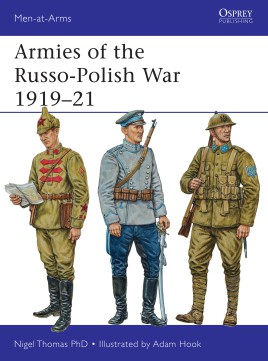The Three R’s: Research, research, research have been mentioned over and over again when discussing re-enacting and living history. They are paramount for anyone in the hobby but where do we start, the internet?
Books? TV Documentaries?
The short answer is there’s no answer! It all depends on what era you wish to portray; the country and the conflict. But one thing is sure, you must open your mind and expand your knowledge, and not necessarily in a Hendrix sort of way!
Personally, I find the internet a good place to start though, be warned, there is more to life than Wikipedia! Starting on the worldwide web is probably the most obvious and accessible way to begin, and its free! Once you have a foothold as it were then it’s time to branch out and specialise somewhat. its books all the way for me. Call me old fashioned, and many do, but I still like the feel of a book and the way it’s crammed into a pocket or left in your car to read or on the bedside cabinet – wherever. To me a book is personal.
So with hundreds if not thousands to choose from where do I begin? Well, you can do a lot worse than having a nose through the hundreds of books on offer from companies like Osprey. I’ve sung their praises before and I shall unashamedly do so again. These books are just fantastic! Bite sized maybe but informative, yes. To my mind an Osprey book is the ideal starting place for any re-enactor, and I shall prove it so. I asked the Reviews Ed, Mr Bookworm Barnes, to send on some random Ospreys in the post for me to prove the point. He couldn’t have made this article harder if he’d tried!
I mean ARMIES OF THE RUSSO-POLISH WAR 1919-1921. Come on!
Surely there was something of relevance in the review box…. Wasn’t there?
Well, it was all in the name of knowledge after all, so having the physique of an Olympic diver; ahem, I dived straight in. What on Earth was I to learn from this book? In actual fact It was like putting on a pair of comfortable slippers.
The thing with Osprey Books, and this I find is a plus, is they are so familiar. The text, the layout, the photographs and colour plates. You may not know what you’re going to get but you know where to get it. In my experience this ‘comfort zone’ allows me to mop up as much information on a subject as I can without being distracted. To me that has to be worth its weight in gold…. or paper!
I knew nothing of this conflict in Central Europe other than it was a complicated offshoot of the First World War. That said, the majority was all new to me and such an expansive subject, but yet again Osprey manage to break it down into bite sized pieces which are easily digested. The book explains the complex build up to war and the politics behind the conflict. They explain the spark that set off the long drawn out chain of events that immediately preceded WW1. It’s hard to imagine (and even harder to get your head round) that a war as blood thirsty as WW1 could actually be matched and stretch out into the 1920s.
But the Polish and Ukrainian republics hadn’t had their fill and took it upon themselves to challenge Soviet Russia and Soviet Ukraine over the age-old issue of living space. Creating new borders, struggling for power and killing along the way, these war weary nations went at it hammer and tongs again. The politics are overwhelming to say the least; but, again, with patience Osprey lay it out plain to see and understand. Focusing on regions of the conflicts and the military organisations you can begin to unravel this most complex of wars. The book highlights leaders, soon to be made more infamous like Lenin, Trotsky and Stalin and delves deeply into the tactics employed by both Russian and Polish forces, many learnt on the battlefields of World War 1. The ending of this conflict wasn’t a happy one for either side with both armies taking massive casualties, something that was to be repeated again less than 18 years later!
The uniform plates are, as always beautifully sketched and presented and this leads to my conclusion. Osprey books are, on the whole, predictable. That is to say predictably accurate and very useful! With their presentation style, knowledge and ease of reading, they really are quite unique.
Reviewed by Phil Hodges for War History Online.
ARMIES OF THE RUSSO-POLISH WAR 1919-1921
By Nigel Thomas
Illustrations by Adam Hook
Osprey Publishing.
ISBN 978-1-4728-0106-7
